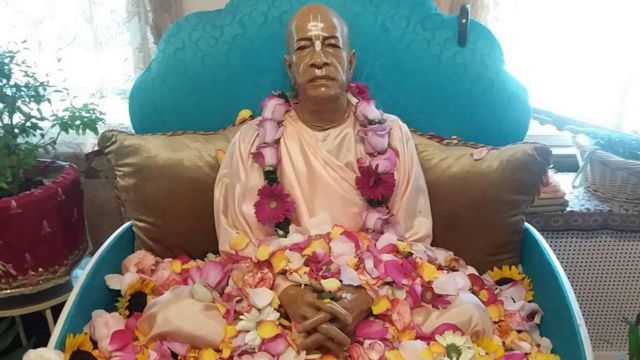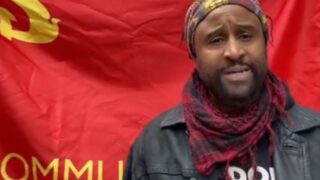Expelling supporters of the doctrine the movement condemns as “ritvikism” and preventing them from managing temples is not something courts can interfere with.
by Massimo Introvigne


Scholars of the International Society for Krishna Consciousness (ISKCON), popularly known as the Hare Krishna movement, are familiar with the question of “ritvikism” or “ritvik philosophy.” It is not a recent controversy, but on October 25 a New York court, the Supreme Court of Nassau County, had to examine it.
One of ISKCON’s fundamental principles is that disciples need to be initiated by and maintain a personal relation with an authorized spiritual master, who can prove a chain of initiations going back to the movement’s founder, A.C. Bhaktivedanta Swami Prabhupada, who died in 1977.
ISKCON admits that some of the disciples Prabhupada initiated who took charge of the movement after his death were questionable characters. Some committed crimes and were eventually expelled from ISKCON. A reaction by some disciples was to claim that being initiated by a living master was not necessary. In fact, they argued, there could be no genuine spiritual master after Prabhupada and disciples should be initiated by him posthumously, through a priest (“ritvik”) who would perform certain rites in front of his image.
This doctrine of “ritvikism” was condemned by ISKCON’s top hierarchical authority, called Governing Body Commission (GBC). The GBC maintained that the bad behavior of certain masters should not lead to the extreme conclusion that there were no masters after Prabhupada and initiations should be conferred only by him from the spirit world through a priest. This conclusion, the GBC said, was directly contrary to Prabhupada’s own writings, which clearly indicated the need for living spiritual masters.
The ISKCON temple of Freeport, New York, came under the control of supporters of ritvikism, who were expelled in 2005 and 2008. However, they refused to surrender control of the temple to the GBC, claiming they had been duly elected by the congregation and that the anti-ritvik ISKCON policy was authoritarian, abusive, and contrary to the movement’s own by-laws.
Lengthy attempts to settle the case failed, and ISKCON had to address itself to secular courts of law. Besides reconstructing the complicated history of the Freeport ISKCON congregation, the Supreme Court of Nassau County ruled that it had no authority to interfere in theological and disciplinary decisions of the Hare Krishna authorities, who are part of a hierarchical rather than a congregational structure. GBC decisions in matters of theology and discipline cannot be second-guessed by secular judges.


The court refused to examine whether the anti-ritvikism doctrine is right or wrong. It was sufficient to ascertain that it had been promulgated by the GBC according to its internal rules and procedures, which were also applied to expel the devotees controlling the Freeport temple. As for the temple, the court stated that, “When a dispute arises over the ownership and control of a religious corporation’s property, Courts are tasked with reviewing the religion’s organizational structure and determining whether it qualifies as hierarchical or congregational.” Since “ISKCON Global is a religion that operates under a hierarchical system, whereby local temples are subject to review and control by the GBC and its ascending order of authority,” the GBC has the power to determine who is a member of ISKCON and who is expelled, and who should manage local temples.
“Any final decisions of the GBC in such matters are therefore binding on this Court,” judge Rhonda Fischer concluded, ordering the defendants to return possession of the Freeport temple to the GBC.
The decision reaffirms the autonomy of ecclesiastical bodies in matters of doctrine and discipline, and will be beneficial to other religions as well.









